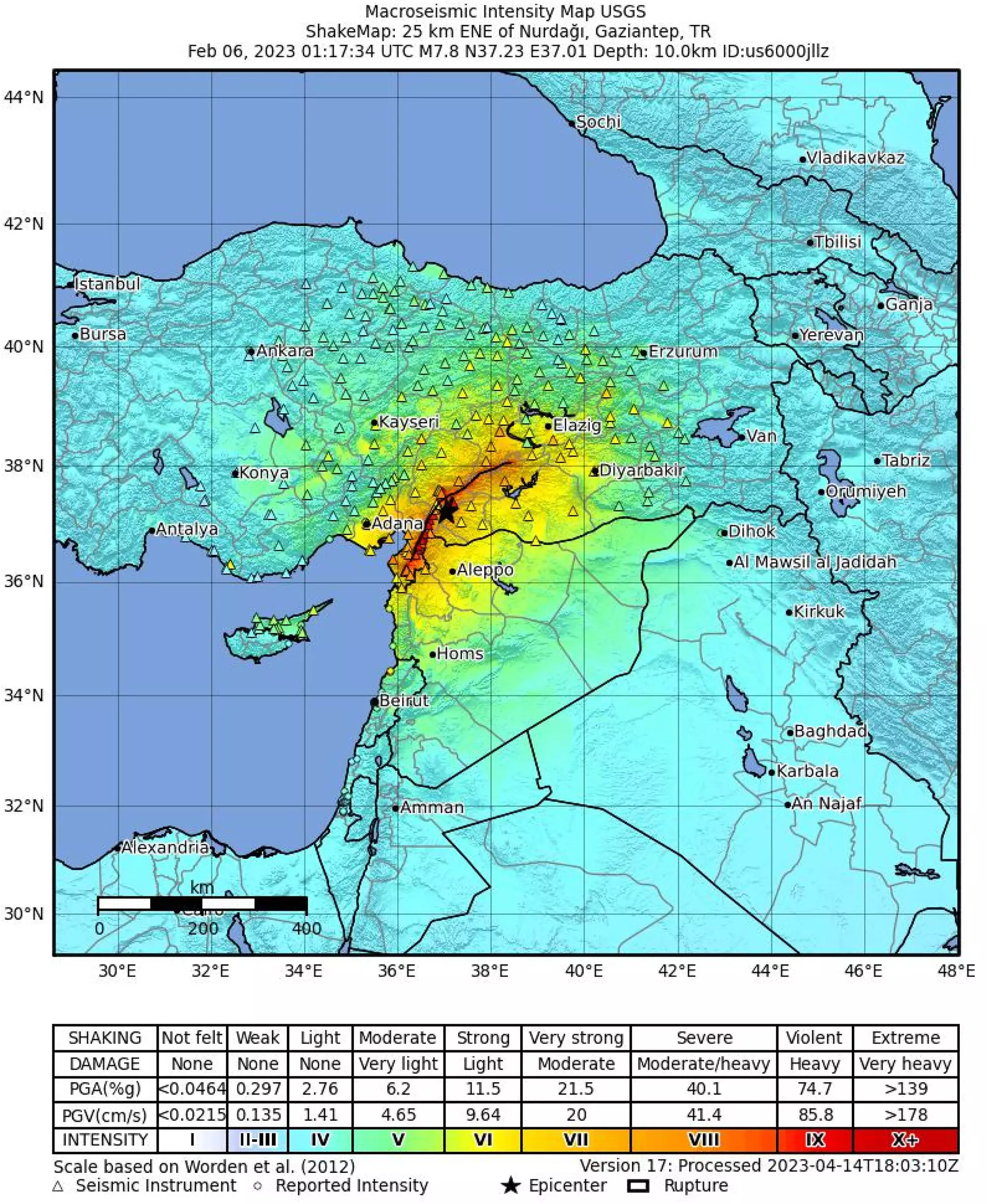Earthquakes are natural disasters that can cause catastrophic damage to both the environment and human lives. The ability to predict earthquakes ahead of time is crucial in order to mitigate their impact. Recent studies have shown that satellites can play a key role in detecting anomalies that may serve as early warning signs for earthquakes.
Satellites have the capability to monitor various physical and chemical parameters within the ground, atmosphere, and ionosphere that could indicate the presence of earthquake precursors. These anomalies, although difficult to definitively identify due to their complexity and variability, are slowly revealing patterns that may be associated with impending earthquakes.
Professor Mehdi Akhoondzadeh of the University of Tehran conducted a study using satellite data from earthquakes that occurred near the border between Turkey and Syria. The data revealed anomalies in land surface temperature, atmospheric parameters, and ionospheric measurements leading up to the earthquakes. These anomalies were observed days before the earthquakes, suggesting a potential early warning system for seismic activity.
The findings of Professor Akhoondzadeh’s study could pave the way for the development of earthquake early warning systems utilizing satellite technology. However, further research and analysis of various earthquakes are necessary to fully understand and establish reliable patterns of earthquake precursors. The potential to use satellites in predicting earthquakes could revolutionize disaster preparedness and response efforts globally.
The utilization of satellite technology in detecting early warning signs of earthquakes shows great promise in improving disaster management strategies. The ability to monitor anomalies in the ground, atmosphere, and ionosphere using satellites could provide invaluable insights into predicting and preparing for seismic events. As researchers continue to explore these possibilities, the potential for saving lives and minimizing damage due to earthquakes becomes increasingly tangible.


Leave a Reply